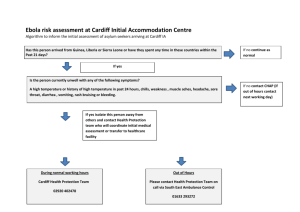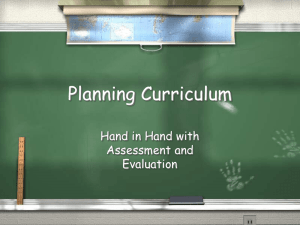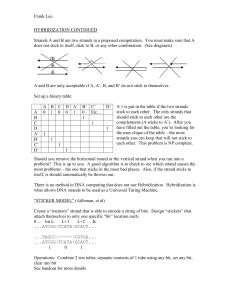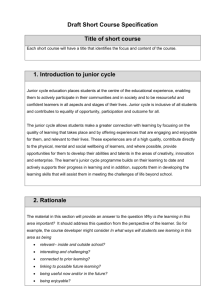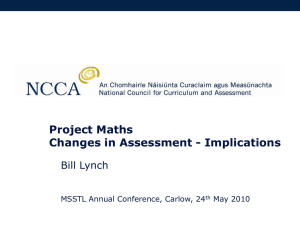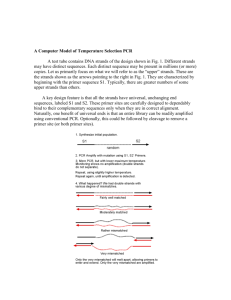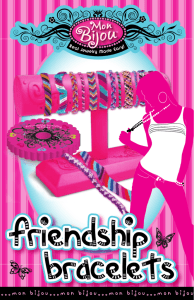Fish & Twinn-Using Strands of Reflection
advertisement
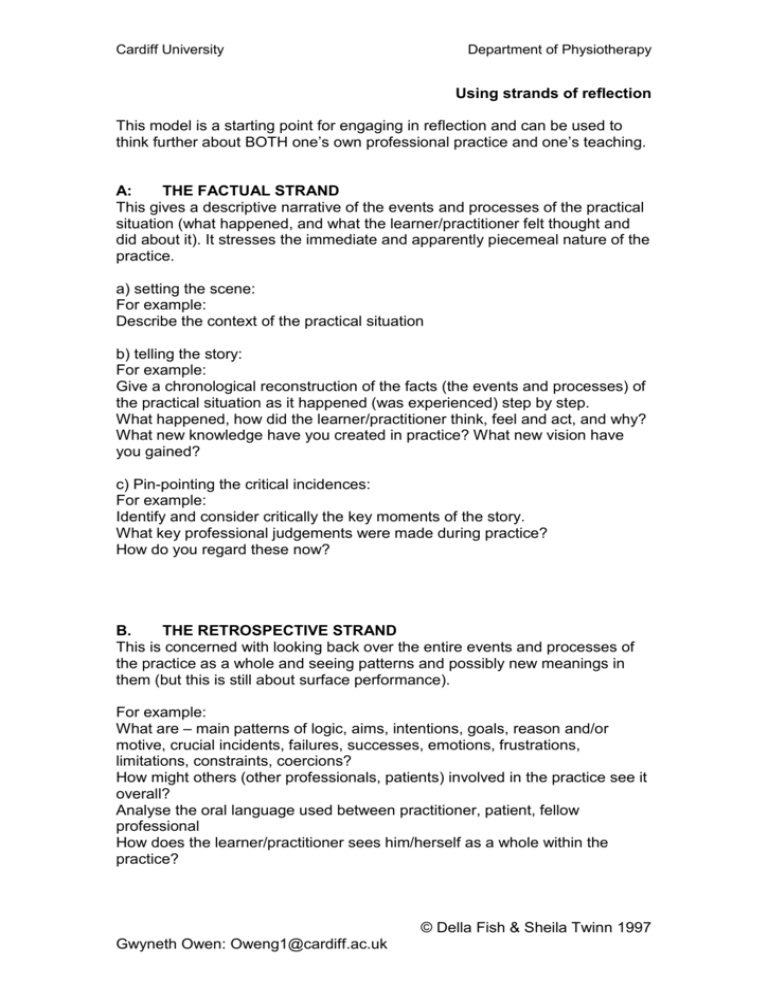
Cardiff University Department of Physiotherapy Using strands of reflection This model is a starting point for engaging in reflection and can be used to think further about BOTH one’s own professional practice and one’s teaching. A: THE FACTUAL STRAND This gives a descriptive narrative of the events and processes of the practical situation (what happened, and what the learner/practitioner felt thought and did about it). It stresses the immediate and apparently piecemeal nature of the practice. a) setting the scene: For example: Describe the context of the practical situation b) telling the story: For example: Give a chronological reconstruction of the facts (the events and processes) of the practical situation as it happened (was experienced) step by step. What happened, how did the learner/practitioner think, feel and act, and why? What new knowledge have you created in practice? What new vision have you gained? c) Pin-pointing the critical incidences: For example: Identify and consider critically the key moments of the story. What key professional judgements were made during practice? How do you regard these now? B. THE RETROSPECTIVE STRAND This is concerned with looking back over the entire events and processes of the practice as a whole and seeing patterns and possibly new meanings in them (but this is still about surface performance). For example: What are – main patterns of logic, aims, intentions, goals, reason and/or motive, crucial incidents, failures, successes, emotions, frustrations, limitations, constraints, coercions? How might others (other professionals, patients) involved in the practice see it overall? Analyse the oral language used between practitioner, patient, fellow professional How does the learner/practitioner sees him/herself as a whole within the practice? © Della Fish & Sheila Twinn 1997 Gwyneth Owen: Oweng1@cardiff.ac.uk Cardiff University Department of Physiotherapy C. THE SUB-STRATUM STRAND This is concerned with discovering and exploring the assumptions, beliefs and value judgements that underlie the events and the ideas which emerge in Strands A and B above, perspectives from formal theory and other professionals’ personal experience and theory. This strand encourages professionals to tolerate the idea that a range of views exist about procedures and that there is no right answer. For example: What ideas about theory and practice, what basic assumptions, beliefs, values are implicit in the practice and in the reflections upon it? What forms of knowledge were used and/or created during the event? Comment on appropriateness What beliefs are emerging about knowledge and how it is gained/used/created? What beliefs are emerging about teaching and learning? (How do you learn new things; what helps?) What makes things difficult to learn? Are all learners like you? What customs, traditions, rituals, beliefs, dogmas, prejudices were brought to/endemic in the situation? Where did they come from? (Are you beliefs about learning true for all learners?) What moral and ethical issues were raised for you by this experience? D. THE CONNECTIVE STRAND The information and understandings accrued via Strands A,B, and C are now explicitly related to the wider world – that of other practical situations, the experiences, views, reflections, theorisings and actions of other professionals, other personal theory of the student, and (via reading) that of formal theory. This is concerned with how the practical and theoretical results of Strands A, B and C night be modified for use in future practice, or might or ought to relate to it, and with the practical implications of this. For example: What has been learnt from this situation as a whole, how has it related to past experiences, and how will it relate to future ones? What theories might be developed for future action? What issues and practices need further exploration? How might both the thought and action specific to this practical situation be modified in the light of experience, of further thought and of further reading? (what do you need to find out more about? How will you do this?) What explorations/investigations of future practice might be planned to help improvement? Reference: Fish D, Twinn S (1997) Quality clinical supervision in healthcare professions: principled approaches to practice. Oxford; Butterworth-Heinemann © Della Fish & Sheila Twinn 1997 Gwyneth Owen: Oweng1@cardiff.ac.uk


